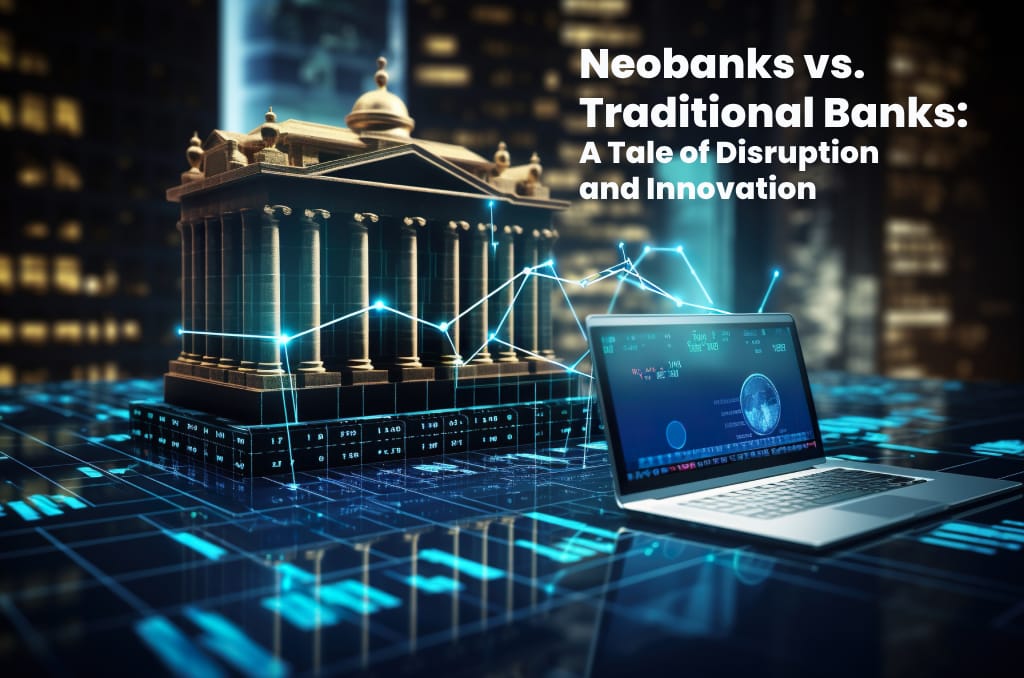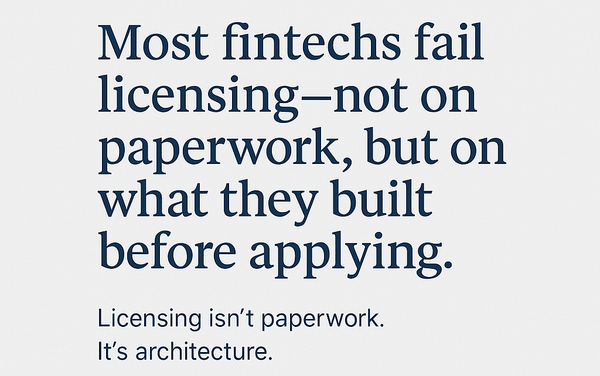Neobanks vs. Traditional Banks: A Tale of Disruption and Innovation

The financial world is witnessing a transformation. Neobanks, the fintech players putting pressure on the brick-and-mortar banks are, at the forefront of this revolution. Do these agile newcomers pose a challenge or are they just a passing trend? Let's explore the benefits and obstacles faced by neobanks their influence on both businesses and consumers and whether traditional banks should feel threatened.
Neobanks: The Game Changers
Neobanks, also known as challenger banks operate exclusively in the realm providing customers with a technology driven banking experience. Here's what sets them apart;
- Frictionless Onboarding: Say goodbye to paperwork. Neobanks offers a straightforward signup process that can be completed within minutes using an application.
- Enhanced User Experience: Their emphasis on mobile interfaces and innovative features such as budgeting tools and instant spending alerts enhances user satisfaction.
- Reduced Charges: Neobanks often eliminate banking fees like account maintenance costs and provide competitive rates for foreign transactions attracting price conscious clients.
- Financial Accessibility: Neobanks have the ability to serve communities. By operating without branches they can offer minimum balances making banking services more accessible, to a broader audience.
Real-Life Examples in Action
- Chime (USA): Recognized for its no-fee overdraft protection and user-friendly mobile banking features Chime has garnered a following of over 8 million customers.
- N26 (Europe): This pan-European digital bank offers accounts in currencies. Facilitates international money transfers catering to a diverse global clientele.
- Nubank (Brazil): Nubank boasts a customer base among banks worldwide with over 70 million users in Brazil alone. Their success underscores the popularity of banking in emerging markets.
- Wio (UAE): Wio Bank is a digital-first banking platform operating in the UAE and GCC region, offering a range of innovative financial services tailored to modern consumers' needs.
Challenges and Considerations for Digital Banks
Although digital banks present an alternative they encounter obstacles;
- Limited Service Offerings: Digital banks often lack the wide array of financial products provided by traditional banks, such as loans, mortgages, and wealth management services.
- Regulatory Ambiguity: The changing landscape of regulations presents a hurdle, for digital banks as they navigate compliance requirements.
- Customer Confidence and Brand Recognition: Established banks enjoy an edge in terms of brand reputation and standing customer trust acquired over years.
Are Traditional Banks Facing Extinction?
The emergence of banks does not necessarily signify the demise of institutions, Here's why.
- Adapting to Change: Many traditional banks are embracing innovation to stay competitive. Banks are putting resources into transformation rolling out their apps prioritizing mobile usage and providing competitive rates to keep customers engaged.
- Emphasizing Specialized Services: Traditional banks can utilize their expertise and extensive services to address the financial requirements of both businesses and individuals.
- Importance of Collaboration: We might witness partnerships forming between neobanks and established institutions each capitalizing on their strengths to enhance customer service.
Impact on Businesses and Consumers: A Win-Win Scenario
The competition between neobanks and traditional banks ultimately proves advantageous for all;
- Businesses: Access cost payment processing solutions and potentially expand their customer base through collaborations with neobanks.
- Consumers: Have access to a range of choices, reduced fees and a more user-friendly banking experience.
Key Takeaways:
- Neobanks are disrupting the norm driving innovation in the industry.
- Their emphasis on mobile centric services and affordable fees resonates with a technology demographic.
- Traditional banks are evolving by offering an array of services while leveraging their trusted brand.
- The future may witness cooperation and coexistence, between neobanks and established entities resulting in a customer focused financial environment.
Let's talk about it!
What do you think about the future of banking? Do you believe neobanks will dominate or do you see a place, for banks well? Feel free to share your thoughts in the comments!





